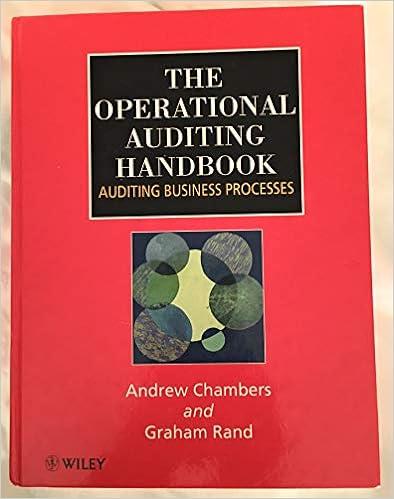1) The format of the income statement most useful in decision-making is which of the following? A) Single-step format B) Contribution margin format C) Absorption costing format D) Traditional format Question 2 1 pts 2) A sunk cost can be described as which of the following? A) Always irrelevant B) A historical cost C) Cannot be changed regardless of future actions taken D) All of the above 3) Companies that are considered price-setters usually employ the approach to pricing products, A) cost-plus pricing B) target costing C) percentage pricing D) cost plus one Question 4 1 pts 4) Companies that are considered price-takers usually employ the approach 'to pricing products. A) cost plus one B) cost-plus pricing C) percentage pricing D) target costing 5) Target total cost is defined as A) revenue at market price less desired profit. B) revenue at market price less variable costs. C) revenue at market price less fixed costs. D) cost of goods sold less desired profit. 6) The cost-plus price is described by which of the following? A) Variable cost plus desired profit B) Target total cost plus desired profit C) Revenue at market price plus desired profit D) Total cost plus desired profit Question 7 7) A manager should always reject a special order if A) there is available excess capacity. B) the special order will require variable nonmanufacturing expenses. C) the special order price is less than the variable costs of the order. D) the special order price is less than the regular sales price. 8) Fixed costs that cease to exist after a product line is discontinued are called A) variable fixed costs. B) unavoidable fixed costs. C) avoidable fixed costs. D) irrelevant fixed costs. Question 9 9) A "constraint" is best described by which of the following? A) The distribution of all products to be sold B) A factor that restricts production or sales of a product c) Expected future costs that differ among alternatives D) Benefits foregone by choosing a particular alternative course of action 10) Managers should consider which of the following when deciding whether to outsource a product or service? A) Delivery schedule of the product or service B) Cost charged for the product or service C) Quality of the product or service D) All of the above












